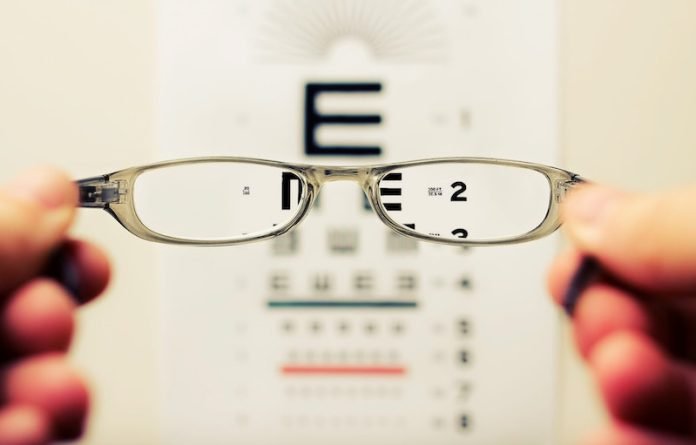
Some vision problems can’t be fixed with glasses, contact lenses, or even surgery.
This is known as low vision. It can make everyday tasks difficult. Your low vision may make it hard to read or drive. You might have trouble recognizing people’s faces or telling colors apart.
Low vision is more common in older adults. It can be caused by many different eye conditions. One of the most common causes is age-related macular degeneration.
This eye disease can blur your central vision. Other diseases that can cause low vision include cataracts, where the lens of the eye becomes cloudy.
Glaucoma, which damages the eye’s optic nerve, can also cause untreatable vision loss.
Eye doctors can check for low vision during an eye exam. They’ll give you drops to widen, or dilate, your pupil. This allows them to check for conditions that can cause low vision.
Unfortunately, low vision is often permanent. Treatment options depend on what’s causing your low vision. But there are things you can do to make the most of your remaining sight.
If your vision loss is minor, you may find that brighter lights help. Wearing anti-glare sunglasses may also help you see better.
A vision rehabilitation specialist can show you how to use technologies and magnifying devices that aid with vision loss. They can also share resources to help you cope with vision loss.
If you care about eye health, please read studies that high blood pressure can predict blinding eye disease, and 7 habits that help prevent vision loss in older people.
For more information about eye health, please see recent studies about how to protect your eyes from diabetes, and results showing that vitamin B3 may help treat common blinding eye disease.



